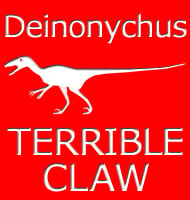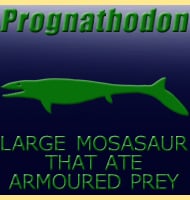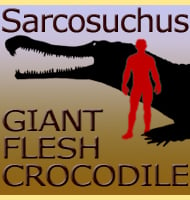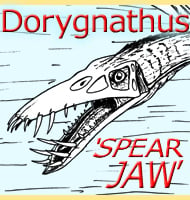In recent discovery scientists have discovered evidence of ancient insect-plant relationships dating back 52 million years. How same insects even followed their host Eucalyptus even when continent broke apart.
By examining fossilised leaves of Eucalyptus frenguelliana from the early Eocene, found at Argentina’s Laguna del Hunco site, researchers found a story of evolutionary resilience and persistence.
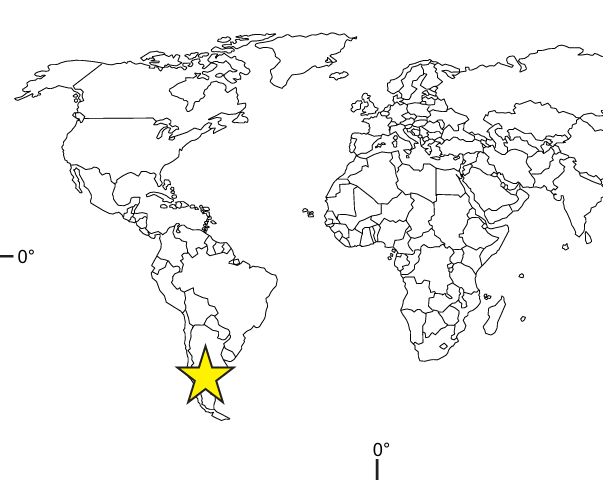
What they found ?
The team compared insect damage on these ancient fossils with that found on modern Eucalyptus species in Australasia. What they found was nothing short of extraordinary: patterns of insect activity that have remained so much consistent for millions of years.
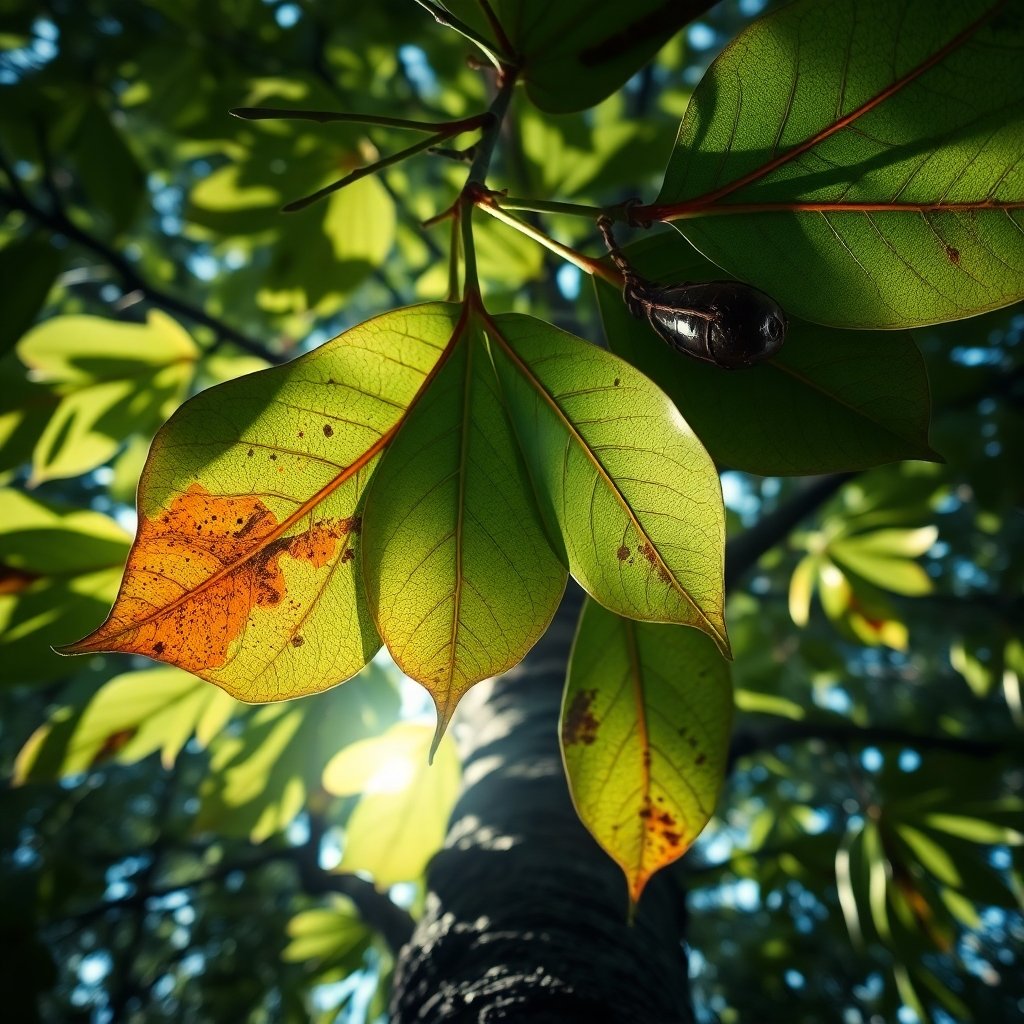
A Wide Variety of Insect Damage Reveals Similarity
Scientists identified 28 distinct types of insect damage on the fossil leaves. This includes 10 types of leaf mines, 5 kinds of galls, one form of piercing-and-sucking damage, and 12 variations of external feeding. These damage types reflect a range of feeding strategies, showcasing the diversity of insect life that interacted with these ancient plants.
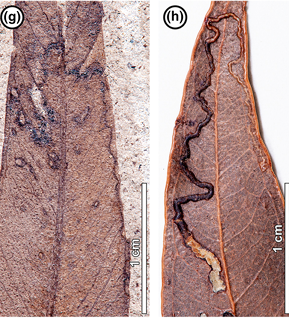
Survival relationship of over 50 million Years
Remarkably, every single damage type observed on the fossil leaves also appears on modern Eucalyptus species. This suggests a deep, enduring relationship between these plants and certain insect lineages, surviving for over 50 million years.
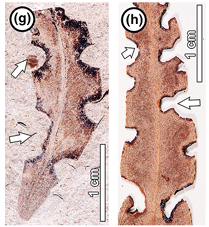
Species Specific Bond Which is Exclusive
Nine of the damage types were found exclusively on E. frenguelliana within the fossil collection, hinting at highly specialised interactions. This is particularly evident among insects that create leaf mines and galls, which often have close, species-specific relationships with their host plants.
Why this Insects and Plants Relationship Survived ?
The fact that these interactions have persisted for so long points to remarkable ecological stability. It suggests that both the insects and the Eucalyptus species have occupied stable ecological niches, particularly within wet eucalypt forests that have remained relatively unchanged over time.
Insects Tracking Their Hosts Everywhere
The similarities in damage patterns, especially with leaf mines and galls, indicate that insects have been following their Eucalyptus hosts through evolutionary changes and geographic shifts. While this “host-tracking” is most evident in specialised insects, even generalist feeders show signs of these long-term connections.
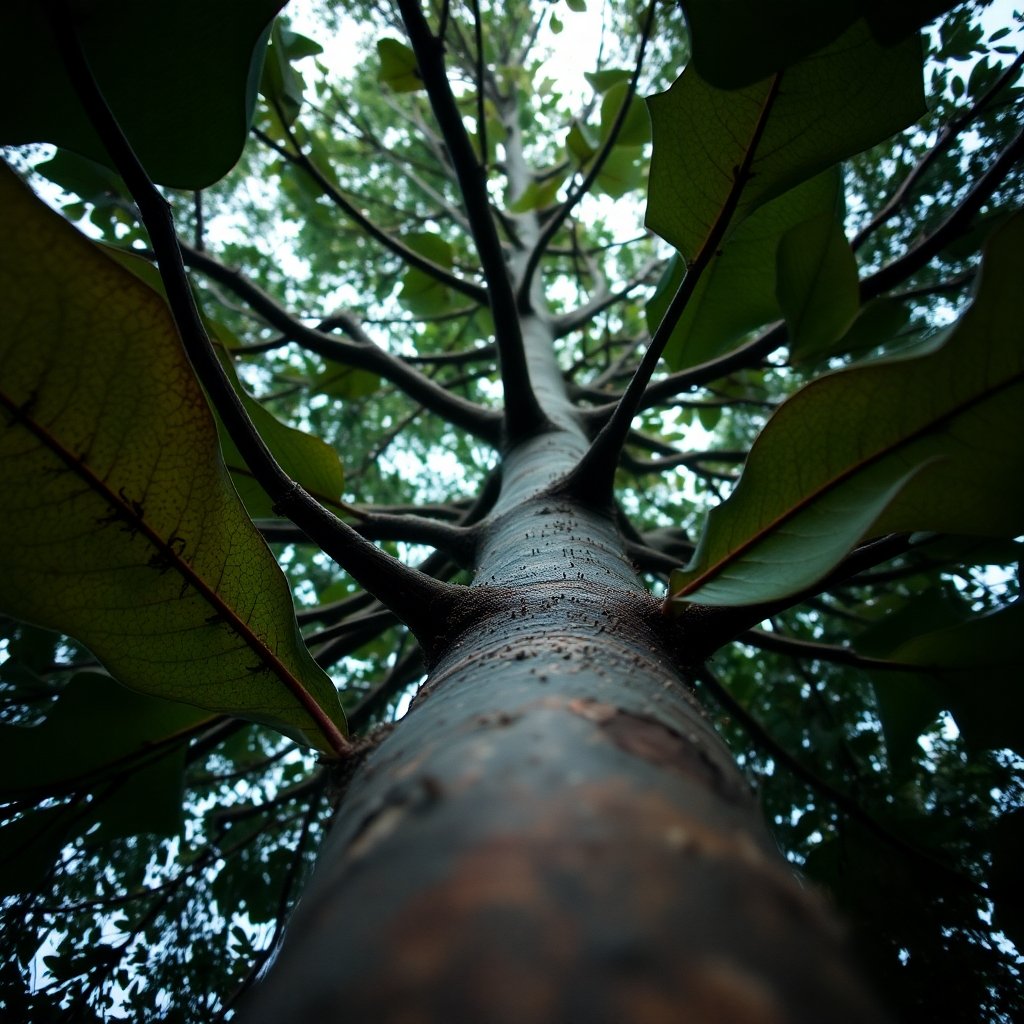
Eucalyptus Found in Australia Real Origin Story
Fossil records reveal that Eucalyptus once thrived across the vast rainforests of Gondwana. As the supercontinent broke apart, Eucalyptus found refuge primarily in Australia—and its insect companions followed, adapting alongside their botanical hosts in new environments.
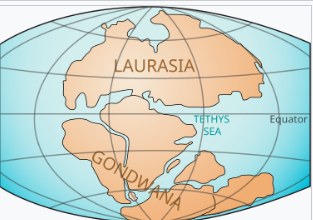
What This Means for Biodiversity Today
This study doesn’t just tells the past; it also offers insights into the present. By tracing these ancient relationships, scientists gain a deeper understanding of how current ecosystems have evolved. The continuity of these interactions underscores the resilience of life and the intricate web of connections that sustain biodiversity
Why This Study Matters ?
The findings provide rare, tangible evidence of long-term insect-plant interactions within a single plant lineage. Factors like environmental stability, host-tracking, and niche conservatism have all played a role in preserving these ancient relationships.
For more details refer to this research Paper Published in Feb 2025 .


